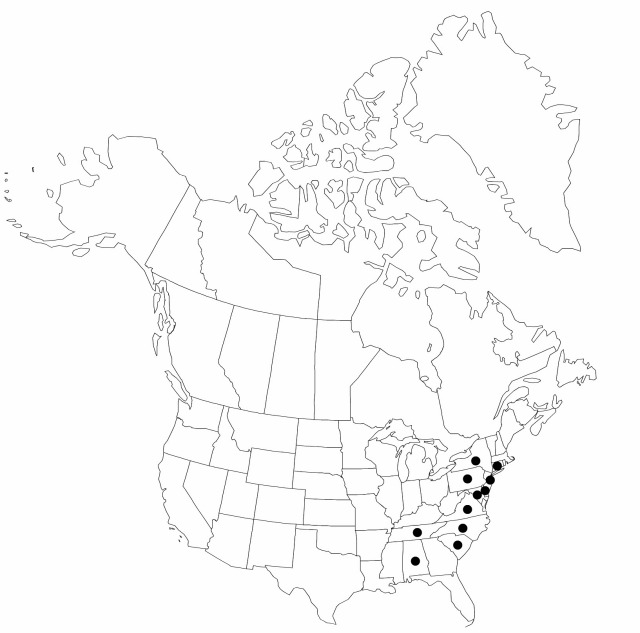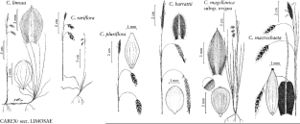Difference between revisions of "Carex barrattii"
Ann. Lyceum Nat. Hist. New York 1: 361. 1825.
FNA>Volume Importer |
FNA>Volume Importer |
||
| Line 23: | Line 23: | ||
|elevation=0–500 m | |elevation=0–500 m | ||
|distribution=Ala.;Conn.;Del.;Md.;N.J.;N.Y.;N.C.;Pa.;S.C.;Tenn.;Va. | |distribution=Ala.;Conn.;Del.;Md.;N.J.;N.Y.;N.C.;Pa.;S.C.;Tenn.;Va. | ||
| − | |discussion=<p>Carex barrattii is in the Center for Plant Conservation’s National Collection of Endangered Plants.</p> | + | |discussion=<p><i>Carex barrattii</i> is in the Center for Plant Conservation’s National Collection of Endangered Plants.</p> |
|tables= | |tables= | ||
|references= | |references= | ||
| Line 47: | Line 47: | ||
|publication year=1825 | |publication year=1825 | ||
|special status= | |special status= | ||
| − | |source xml=https://jpend@bitbucket.org/aafc-mbb/fna-data-curation.git/src/ | + | |source xml=https://jpend@bitbucket.org/aafc-mbb/fna-data-curation.git/src/8f726806613d60c220dc4493de13607dd3150896/coarse_grained_fna_xml/V23/V23_762.xml |
|genus=Carex | |genus=Carex | ||
|section=Carex sect. Limosae | |section=Carex sect. Limosae | ||
Revision as of 17:10, 18 September 2019
Culms aphyllopodic, without dead leaf remains at base, 20–90 cm. Leaf blades 2–5 mm wide, margins revolute, scabrid at tip. Inflorescences: proximal bracts 2–7 cm, shorter than inflorescences; lateral spikes usually androgynous, (10–)25–50 × 3.5–6 mm, with 20–80 perigynia; terminal spikes 20–50 × 2.5–5 mm. Pistillate scales ovate, 2.4–4 × 1.3–1.8 mm, shorter and as wide as or slightly narrower than perigynia, apex obtuse to acute. Staminate scales oblong-obovate, 3.7–4.5 × 1.2–2 mm, apex obtuse. Anthers 2.6–2.9 mm. Perigynia 2.5–3.5 × 1.2–2 mm, apex rounded; beak 0.1–0.5 mm.
Phenology: Fruiting late spring–early summer.
Habitat: Bogs, swamps, wet woods, primarily on acidic substrata
Elevation: 0–500 m
Distribution

Ala., Conn., Del., Md., N.J., N.Y., N.C., Pa., S.C., Tenn., Va.
Discussion
Carex barrattii is in the Center for Plant Conservation’s National Collection of Endangered Plants.
Selected References
None.
